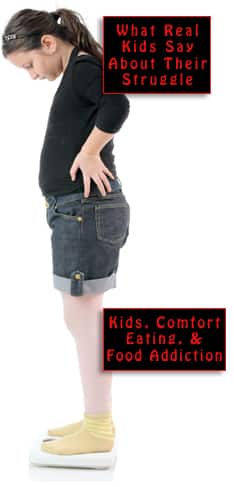
As we have seen, one school of thought holds that gluten is addictive. A lot of foodstuffs (as well as myriad other products) contain gluten, and gluten critics say the substance is what causes so many people to be addicted to certain foods. Any doubt can be banished by observing how often people want to take naps after meals involving pasta, bread, pancakes, pastries, and so forth. (This might be a good place to mention the meticulously detailed and mind-blowingly extensive list of unsafe foods and ingredients compiled by Scott Adams.)
Dr. Daniel Amen is a neuropsychiatrist who, according to his bio, “has worked with tens of thousands of patients from 90 countries for more than 20 years,” and that is an impressive amount of experience. He calls the 31% success rate of gastric banding a disappointment but is not surprised by this failure because, as he puts it:
Most weight problems occur between the ears, which may explain why most diets don’t work…. It’s the brain that makes our eating decisions, and what we’ve found is that there isn’t just one brain pattern associated with overeating — there are at least five.
Dr. Amen is convinced of something that far too many professionals overlook, the fact that everyone is different. In any individual case of obesity, there may be still more factors at work, including economic status, availability of food, cultural norms, physical activity level, genetic predisposition, medications and so forth. But insofar as the brain itself is concerned, he sees the five broad categories.
Then, just to complicate things, people can have more than one of the five types of reaction going on in their heads at the same time, and for this they need extra individual attention. Amen’s whole theory can be found in his 2011 book The Amen Solution, but here are the essentials as boiled down by writer Mary Monroe and then condensed a bit more here. They are all fully explained in Monroe’s Ideafit.com article, along with suggestions about supplements that might help.
1: Compulsive Overeater. Tends to get stuck on the thought of food and feels compulsively driven. Tends to be a nighttime eater. Typically claims to have no control over food.
2: Impulsive Overeater. Exhibits poor impulse control, is easily distracted and reaches for food without thinking. Research suggests that having untreated ADD nearly doubles the risk of being overweight; without proper treatment, it’s nearly impossible for people with this condition to adhere to a nutrition plan.
3: Impulsive-Compulsive Overeater. Exhibits symptoms of 1. and 2. Compulsive gamblers, for instance, are compelled to gamble and have little control over their impulses.
4: Sad or Emotional Overeater. Overeats to medicate feelings of sadness and to calm the emotional storms in the brain. Often struggles with depression, low energy, low self-esteem and pain symptoms, and tends to gain weight in winter.
5: Anxious Overeater. Medicates feelings of anxiety or nervousness with food, complains of waiting for something bad to happen and frequently suffers from headaches and stomach problems.
Amen sums it up:
So giving everyone the same diet plan will make some people better and some worse. Instead we’re seeing that we need to match our strategies for overeating to the type of brain pattern or patterns that are affecting us the most.
Plenty of information on the activity of the addicted brain is here too, as well as another list of nine strategies to control cravings, including advice on how to identify a harmful allergy to gluten.
Your responses and feedback are welcome!
Source: “It’s All in the Brain: Unlocking the Secrets of Overeating With Neuroscience,” IdeaFit.com, November 2011
Image by Tumblr.com

 FAQs and Media Requests:
FAQs and Media Requests: 











